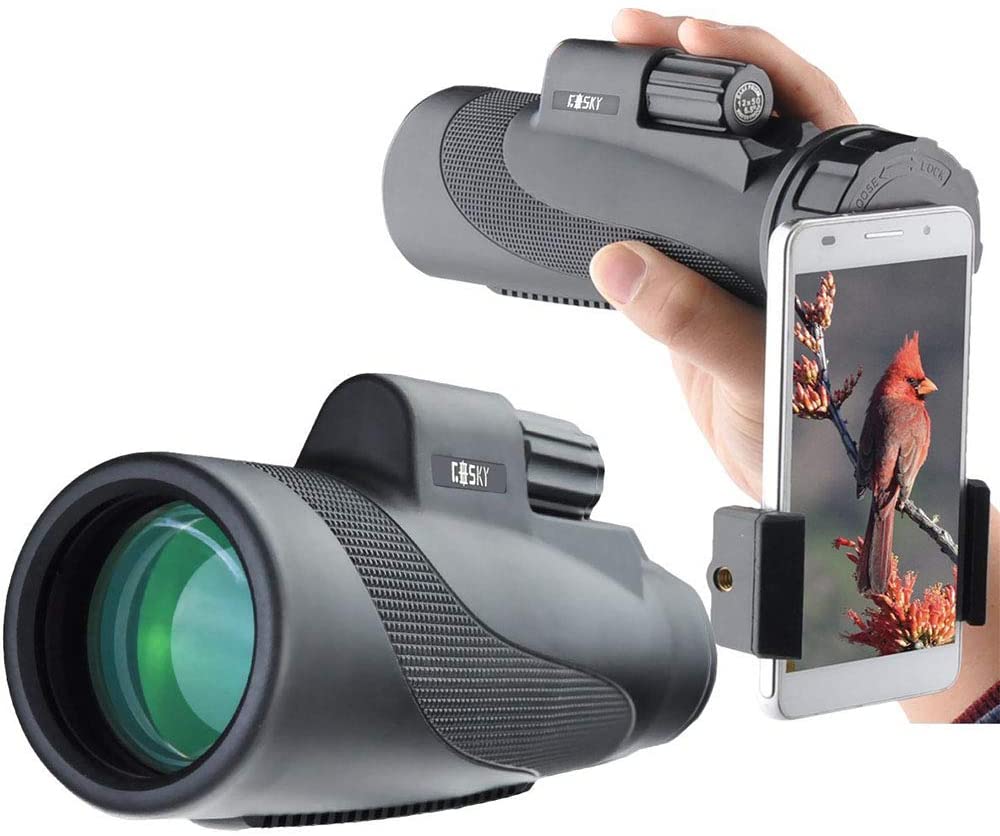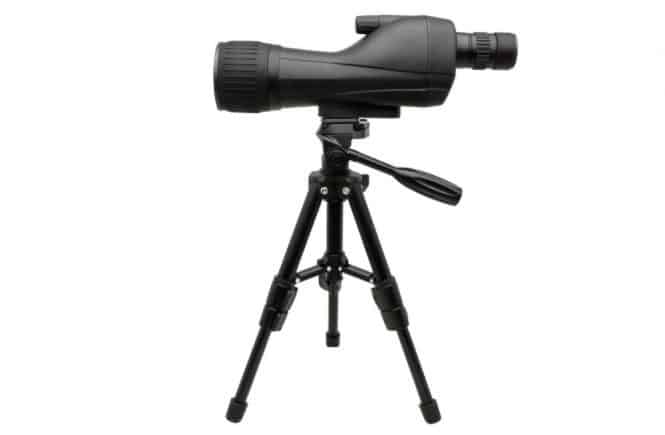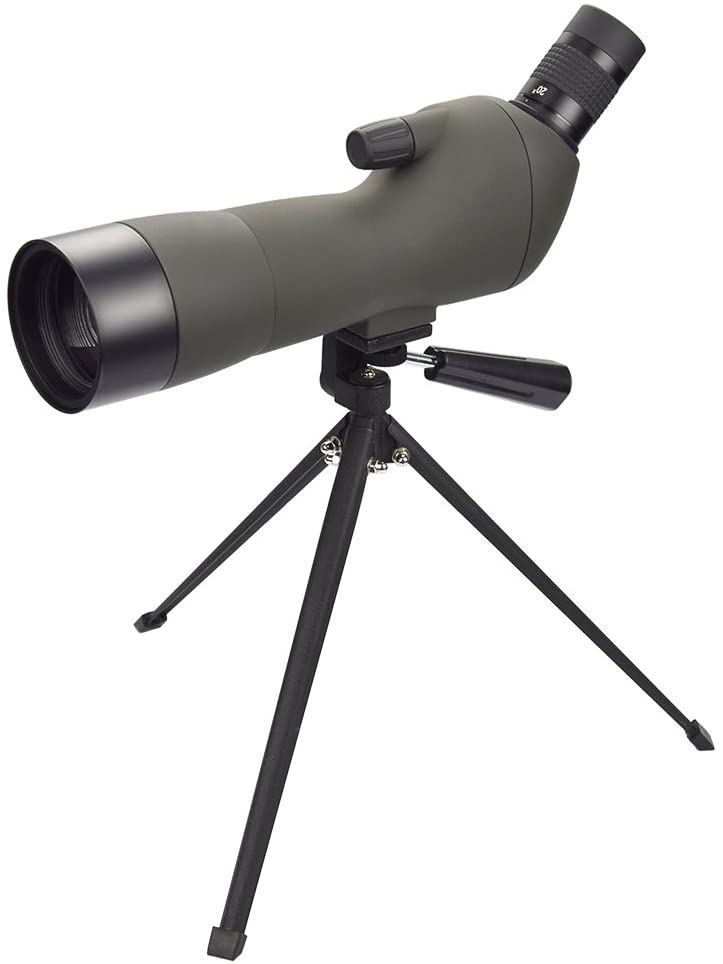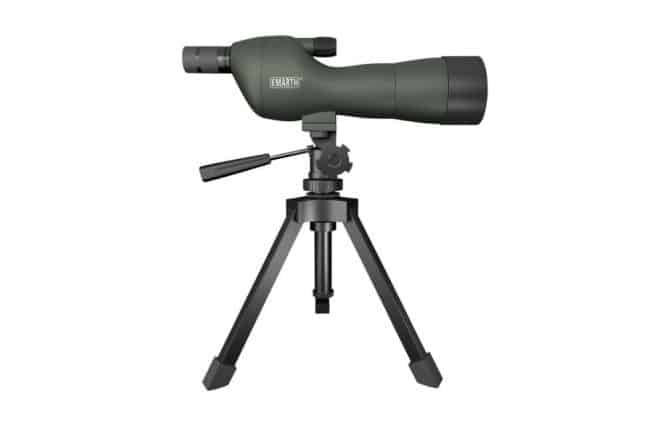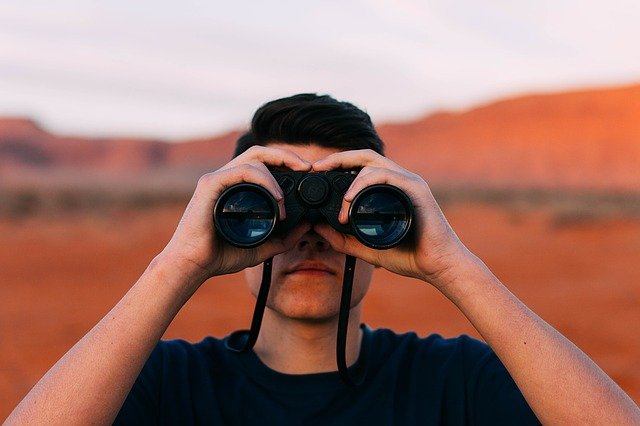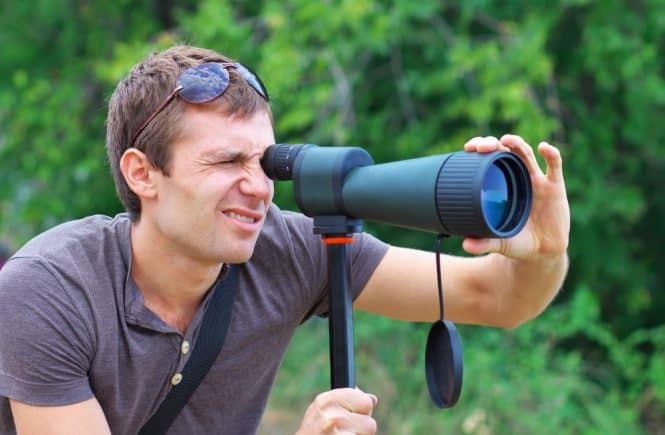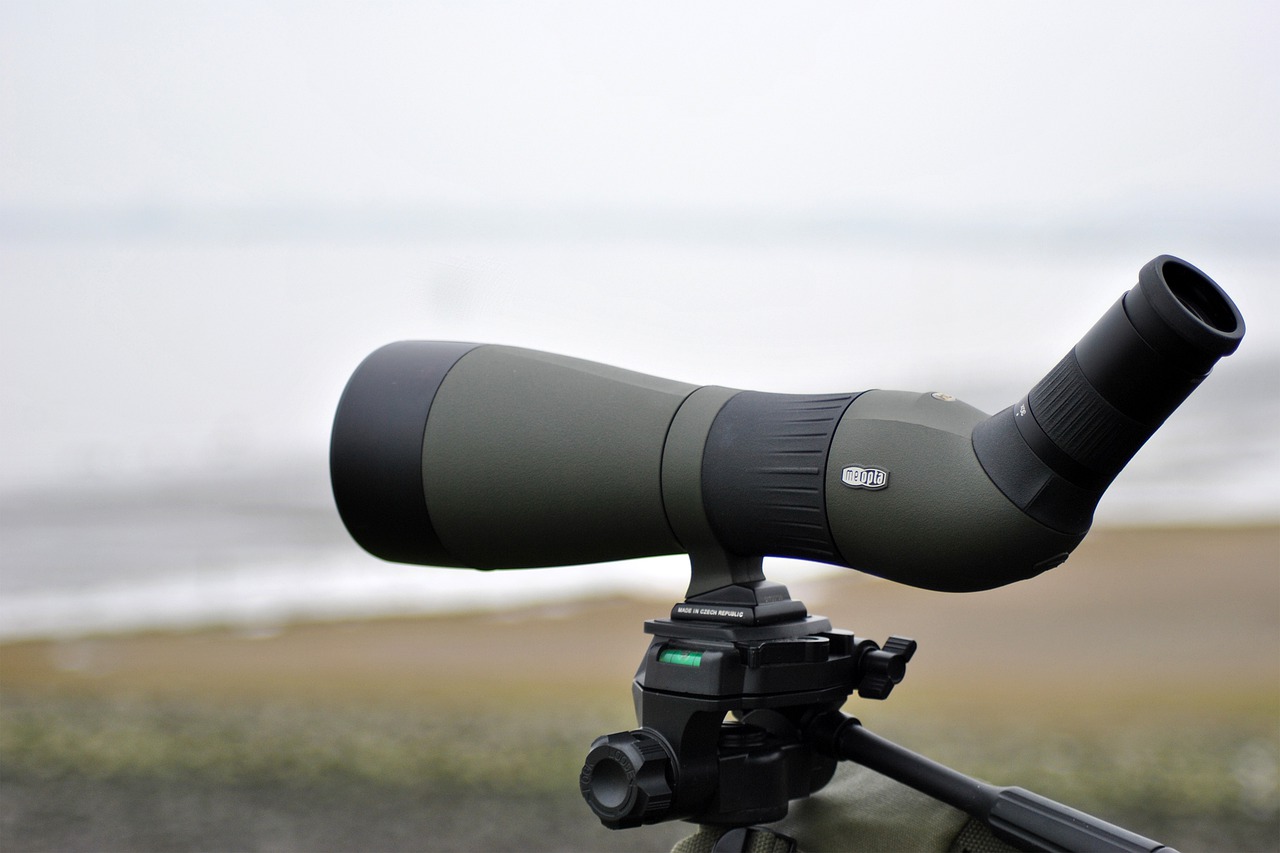
A&W Outlets
The Best Spotting Scope Reviews and Advice
How to Use a Spotting Scope for Shooting: Everything You Need to Know
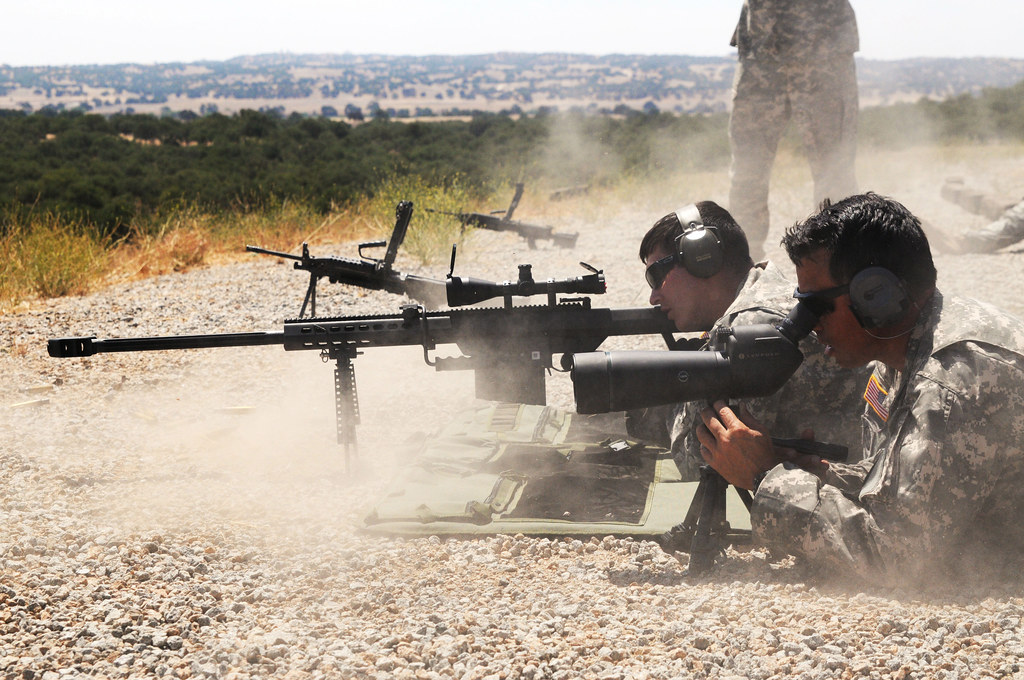
This site contains affiliate links to products. We may receive a commission for purchases made via these links.
Table of Contents
Introduction
How to use a Spotting Scope for shooting? A lot of people, especially those who are just starting to learn shooting or hunting, ask this question. But before we answer this, let us first get an idea of what a Spotting Scope is.
What is a Spotting Scope? A Spotting Scope is a small device that is considered a special type of telescope used to magnify objects or images so you can see them better when you go hunting. It gives you advantages since you can focus on your target very well.
Some prefer to use binoculars or telescopes, but experts would say that they do not work as well as the spotting scope. This pretty much explains that whether you are one of those eager to own one or those who already have one, it is essential for you to know how to set your spotting scope as well as how to use it properly so you can make good use of it and enjoy all of its benefits.
There are different kinds of spotting scopes and usually, the larger it is, the pricier it becomes. Go ahead and read on to find out more about it.
Top Tips and Tricks
Here are some points on how to use a spotting scope for shooting:
Find a Comfortable Position
When you go hunting or shooting, you will find yourself focusing on a target, which could take a long time, so it is critical that you choose a comfortable position for you not to get tired right away. Whether it be lying down or sitting up, a comfortable position will also allow you to use your spotting scope properly.
Attach the Scope to a Tripod
It is very important to keep your spotting scope stable because even little movements can distract your target causing you to miss it! It is critical that you have an accurate and clear view of your target when hunting, and the stability of your spotting scope plays a big role in achieving this. Using a tripod can help in getting your scope stable so you can get the accuracy that you need when focusing on your target to prevent misses.
View the Target Area
You have to make sure that you view and assess your target area prior to adjusting the spotting scope to avoid encountering problems. Some hunters struggle because they tend to set the lens and the magnification first and then fail to get an accurate view of their target. So keep in mind that doing it the other way around—view your target and assess the area first and then adjust the magnification accordingly—will give you a good headstart.
Adjust the Magnification Level
Each spotting scope differs from one another. You have to make sure you check and read the instructions that come with it after your purchase especially the part on how you can adjust the magnification and the layout of the lens. Some have zoom in and zoom out options, but others do not so you have to be familiar with the type of scope that you have before using it so you would know how to play around its magnification to get a clear view of your target.
Reset the Focus for a New Area
Watching your target through a highly magnified glass for a long period can cause you to feel uneasy and may hurt your eyes. You can choose to reset your focus and the magnification to reduce its negative effect on your eyes. This will also help you regain concentration and prevent you from missing your hit on your target.
Two Types of Spotting Scopes and When You Should Use Them
Angled Spotting Scopes
This type of spotting scope usually has the eyepiece at an angle of 45 degrees to the scope body. You use it:
• When you need to share your target with other shooters
• When you are using a shorter tripod because it has a higher eyepoint
• When you are targeting hiding animals or those on top of trees
Straight Spotting Scopes
This type of spotting scope has the body of the scope and eyepiece on the same horizontal optical plane or are both in the exact horizontal level. You use it:
• When you are a new user, and you need proper aim control
• When you are hunting for ground animals that can be easily watched and found
• When you are long-range shooting to reduce strain and pain in your neck
Why Are Spotting Scopes Better Than Binoculars?
Binoculars can be suitable for when you go hunting and shooting, but spotting scopes are mostly recommended because they have higher magnification and resolution which allow you to watch and observe your target clearly even from a long distance. It also helps you determine and distinguish the kind of animal or species that you are targeting, and you can even set your focus on just one target even if it is part of a group.
Using a spotting scope will also allow you to set your focus on the target with ease. You can stay fixed on your position and observe even those animals who are good at hiding without the need to run after them so you can continue your watch. On the other hand, a binocular has limitations with its resolution and magnification that will only make it hard for you to keep an eye on your target and thus prevent you from getting a good and sure shot.
Final Thoughts
After a thorough discussion on how to use a spotting scope for shooting, we can conclude that planning ahead of time is the primary step you need to take. Lay down the things that you need to consider and be prepared for, then choose the right spotting scope for the job. You have to decide whether you will need the angled type or the straight one and your decision should be based on what you plan to hunt. The size will matter too since you will be carrying it for the entire duration of your hunt.
Furthermore, read the instructions that come with it and familiarize yourself with its whatnots. If you know how to use your tool well, you are already halfway to bagging that target!
Latest Reviews
Latest Articles
Follow Us
© 2021 AW OUTLETS
